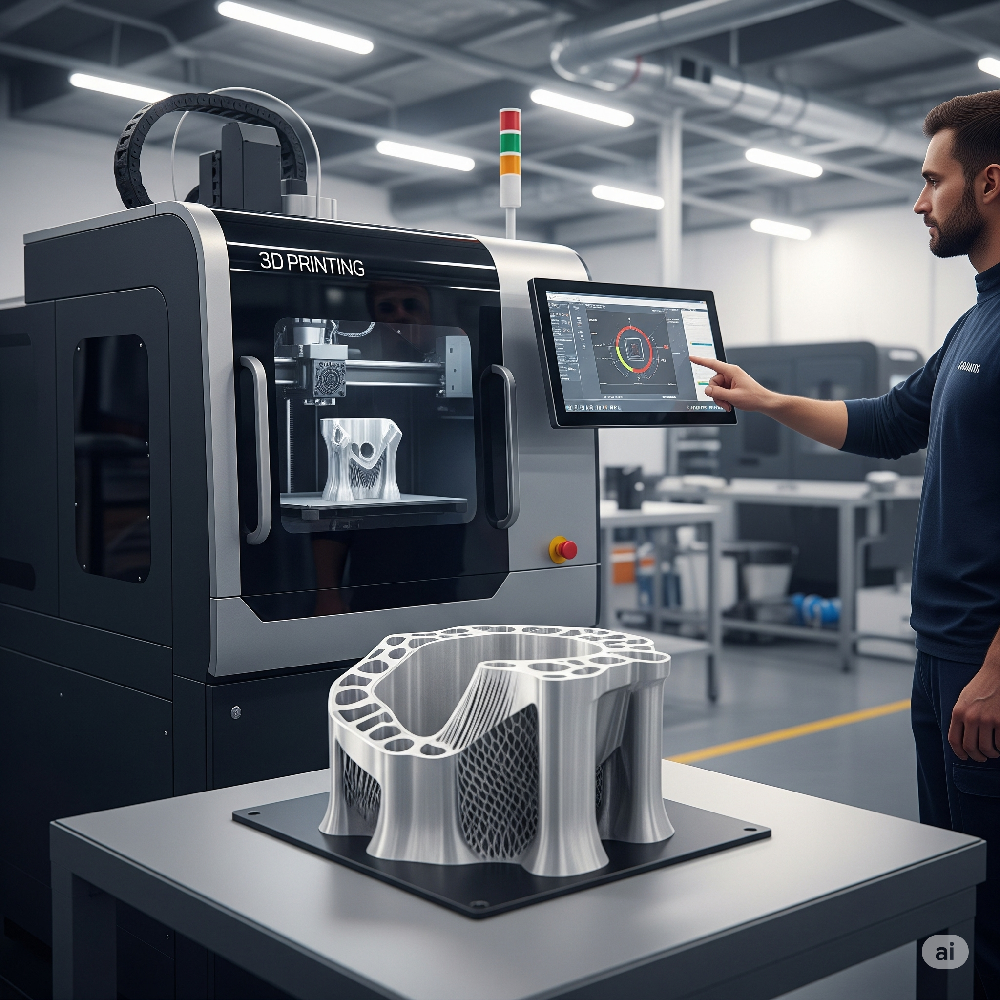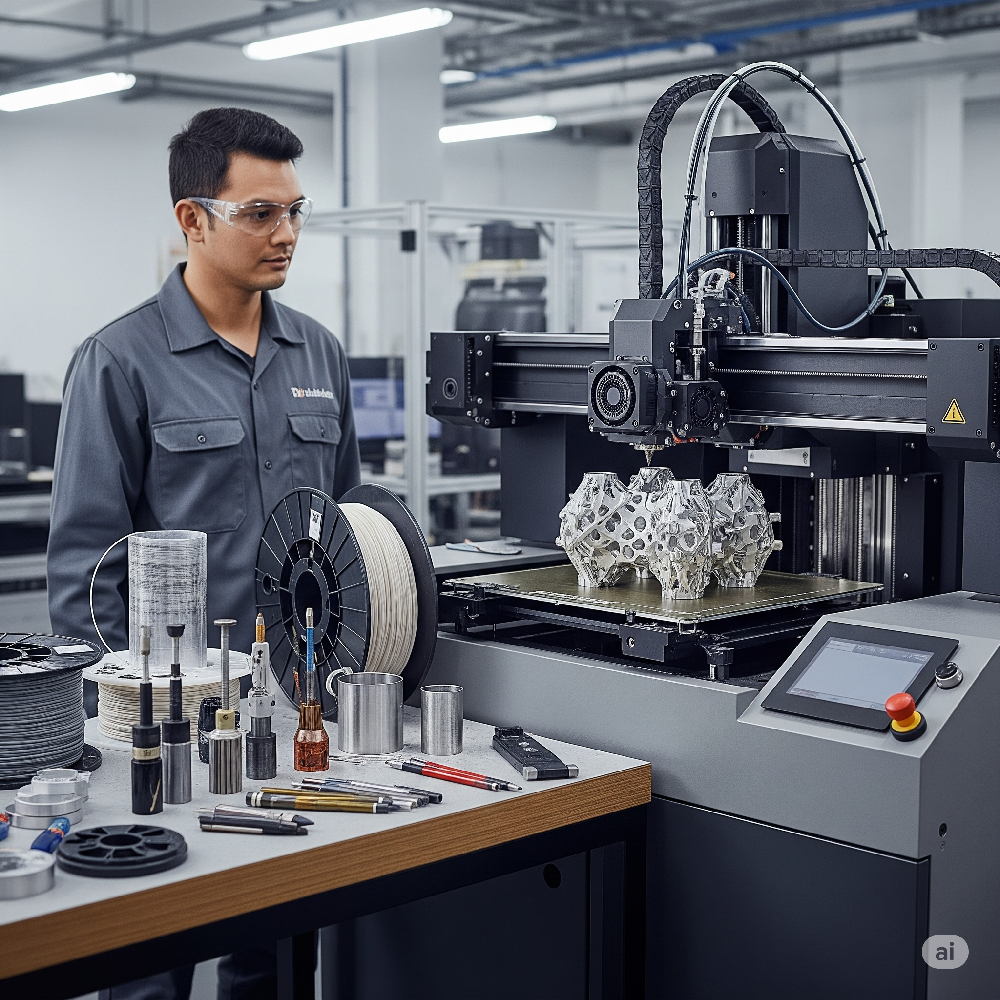Manufacturing
The Future of Manufacturing: How 3D Printing and Filaments Are Changing the Game
The manufacturing industry is undergoing a significant transformation, and at the heart of this shift is 3D printing. Also known as additive manufacturing, 3D printing is enabling faster, more flexible, and cost-effective production across multiple sectors. A critical component powering this transformation is the wide variety of 3D printer filaments now available for industrial applications.
From rapid prototyping to functional end-use parts, manufacturers are increasingly integrating 3D printing into their workflows. With the right combination of technology and filament, manufacturers can unlock new efficiencies, reduce waste, and bring innovative products to market faster than ever before.

1. How 3D Printing is Used in Manufacturing
In manufacturing, 3D printing is no longer just a tool for prototyping. It is now widely used for:
- Rapid Prototyping: Designers and engineers can quickly test form, fit, and function before committing to full-scale production.
- Low-Volume Production:Ideal for short runs or custom parts where traditional manufacturing would be too costly.
- On-Demand Spare Parts:Print replacement components on-site, reducing inventory and downtime.
- Tooling and Fixtures:Create custom jigs, fixtures, and assembly aids to improve workflow.
- Functional End-Use Parts:Some filaments are strong and heat-resistant enough to replace injection-molded or machined parts.
With advancements in 3D printer filament technology, manufacturers can now tailor materials to meet specific industrial requirements, including strength, flexibility, temperature resistance, and chemical durability.
2. Best 3D Printer Filaments for Manufacturing
Not all filaments are created equal. For manufacturing purposes, material choice directly impacts the durability and function of the printed parts.
Here are some top 3D printing filaments for manufacturing applications:
- Nylon (Polyamide): Tough, flexible, and wear-resistant. Great for gears, housings, and mechanical parts.
- Polycarbonate (PC): High strength and heat resistance; ideal for engineering applications and enclosures.
- ABS: Durable and heat-resistant, suitable for functional parts and tools.
- Carbon Fiber-Reinforced Filaments: Strong and lightweight, perfect for high-load applications.
- TPU (Flexible Filament): Used for gaskets, seals, and vibration-resistant parts.
- PETG: A reliable, easy-to-use filament with good strength and chemical resistance for general industrial needs.
Choosing the right 3D filament is crucial to meeting the performance standards required in a manufacturing environment.
3. Key Benefits of 3D Printing in Manufacturing
- Speed: Drastically reduces development time for new products and custom parts.
- Cost Efficiency: Eliminates the need for expensive tooling and mold creation, especially in short-run production.
- Customization: Easily produce custom parts tailored to specific needs or customer requests.
- Supply Chain Resilience: Manufacture components on demand, locally, reducing reliance on global suppliers.
- Sustainability: Less material waste compared to subtractive manufacturing, and many filaments are recyclable or bio-based.
4. Real-World Applications
- Automotive: From prototype engine parts to final interior components.
- Electronics: Housings, brackets, and custom mounts printed with ESD-safe filaments.
- Medical Devices:Personalized equipment and surgical guides using biocompatible filaments.
- Consumer Products: Custom enclosures, accessories, and product parts manufactured in small batches.
Companies across these industries are leveraging 3D printer filaments to streamline their operations and meet increasingly complex production demands.


5. The Future of Manufacturing with 3D Printing
The future of manufacturing is flexible, agile, and digitally driven. As 3D printing materials continue to evolve, we can expect even broader adoption in high-performance environments. From flame-retardant to antimicrobial filaments, the possibilities are expanding quickly.
Additive manufacturing isn't replacing traditional manufacturing—it’s enhancing it. Businesses that embrace this hybrid model can stay competitive, innovate faster, and scale more effectively.
Conclusion: Your Next Competitive Edge Starts with the Right Filament
The combination of 3D printing and advanced 3D printer filaments is revolutionizing how products are designed, prototyped, and manufactured. Whether you're an OEM, a startup, or a contract manufacturer, adopting the right filament technology can provide a critical edge in speed, customization, and cost-efficiency. Ready to level up your manufacturing process? [Browse our collection of industrial-grade 3D printer filaments designed for manufacturing applications.]


